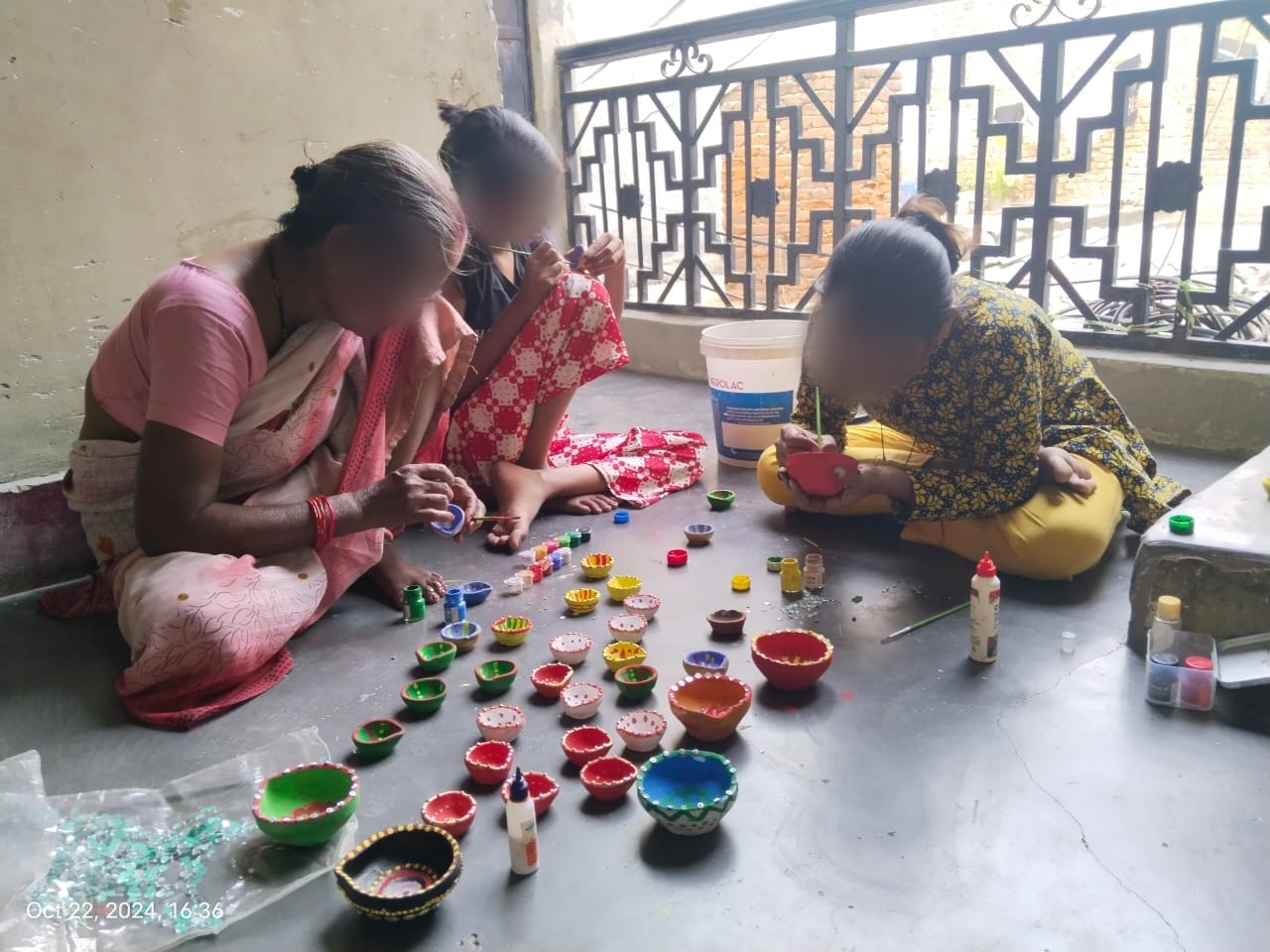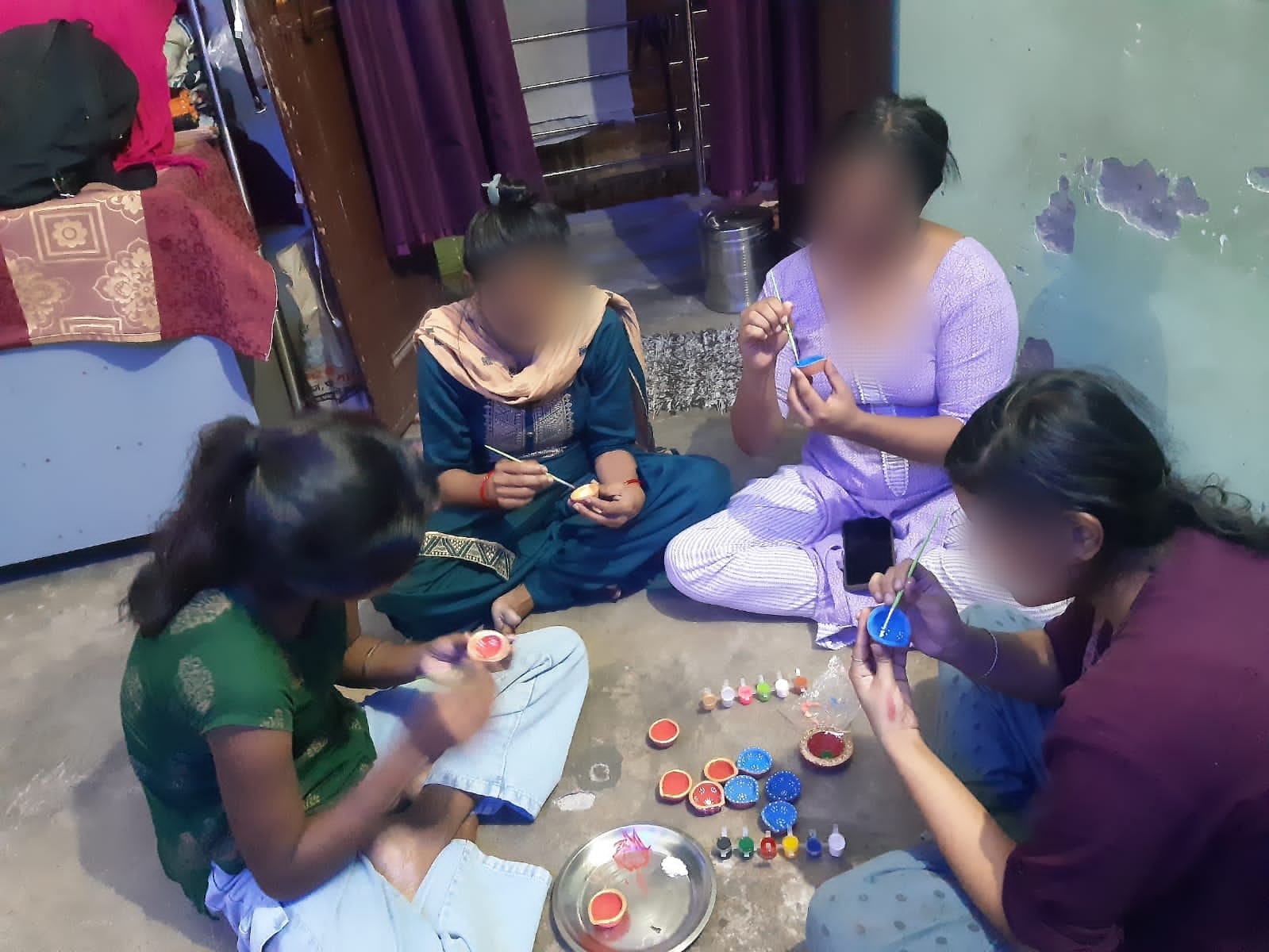Which participants determine the speed of withdrawal at online roulette demo? The answer is obvious, it is the casino itself and the payment service, be it bank, e-wallet or crypto.
Urban Slum Women Craft Hope Through Diwali Diyas
Women from Meethnagar, Harsh Vihar, Hazipur Bheta, and Karawal Nagar are rewriting their stories, one colorful diya at a time. This Diwali, the festival of lights, has brought a special glow to their lives, illuminating not just homes but also their paths to financial independence and dignity.
Caritas India’s Gram Nirman Urban initiative has sparked an innovative idea that’s transforming lives. By engaging women from these slums to handcraft multi-colored, embellished diyas, the program has kindled a ray of hope and self-reliance. This initiative is more than just a seasonal activity; it’s a glimmer of hope in communities where women’s economic contributions often go unrecognized.
Monica, a resident of Meethnagar slum, captures the essence of this transformation: “The feeling of earning money and deciding how to spend it is uniquely empowering for a woman.” Her words reflect the profound impact of this simple yet powerful initiative.
Since 2021, Caritas India has been working tirelessly in 18 Delhi slums, focusing on families affected by HIV/AIDS. The Gram Nirman program, supported by Caritas Australia, aims to improve healthcare access for People Living with HIV (PLHIV) and foster income-generating activities that restore dignity to slum dwellers.
The journey hasn’t been without challenges. In communities primarily composed of migrants, building trust and fostering collective action was initially met with skepticism. However, through persistent efforts and numerous meetings, the Gram Nirman field team successfully nurtured a sense of solidarity among the women, leading to the formation of self-help groups (SHGs).
The diya-making initiative emerged as a pilot project from these SHGs. Twenty women, overcoming initial hesitations and household responsibilities, embraced this opportunity to showcase their creativity and entrepreneurial spirit. Their dedication resulted in the production and sale of nearly 500 vibrant, hand-painted diyas, each a testament to their skill and perseverance.
While the financial gains from this first venture were modest, the impact on the women’s confidence and community standing was immeasurable. Madhubala, one of the group leaders, embodies this newfound optimism: “We have tasted success, and next time we will do it in a more scaled and better way.”
This initiative has not only provided these women with a source of income but has also challenged societal norms. Men in the community, who once stood as barriers, now express gratitude for the women’s efforts. The project has fostered greater respect and recognition for women’s contributions, proving that they too can be self-reliant and contribute significantly to their families’ well-being.
Caritas India’s approach through the Gram Nirman program demonstrates the power of grassroots initiatives in transforming lives. By focusing on building skills, fostering community bonds, and creating economic opportunities, the program is addressing the multifaceted challenges faced by urban slum dwellers, particularly those affected by HIV/AIDS.
As these women continue to light up their lives and communities with their handcrafted diyas, they are not just participating in an income-generating activity. They are illuminating a path towards empowerment, dignity, and hope. Their journey from the shadows of economic dependence to the light of self-reliance is a powerful testament to the transformative potential of community-driven initiatives.
In the glow of these diyas, we see more than just festive decorations; we witness the dawn of a new era where women in urban slums are becoming the architects of their own destinies, one creative endeavor at a time.
Copyright Caritas India 2013 ! Developed by Neural Info Solutions Pvt. Ltd.

















































